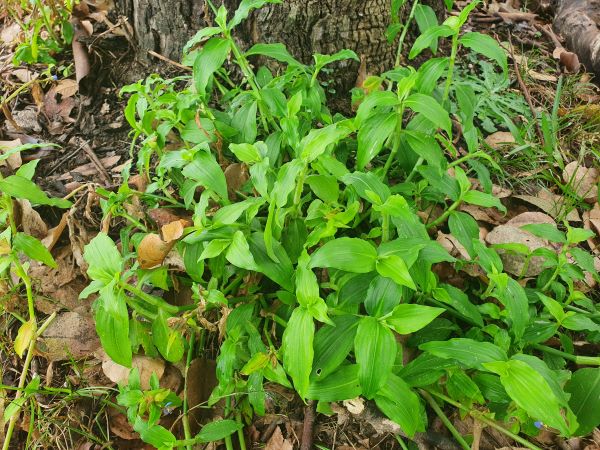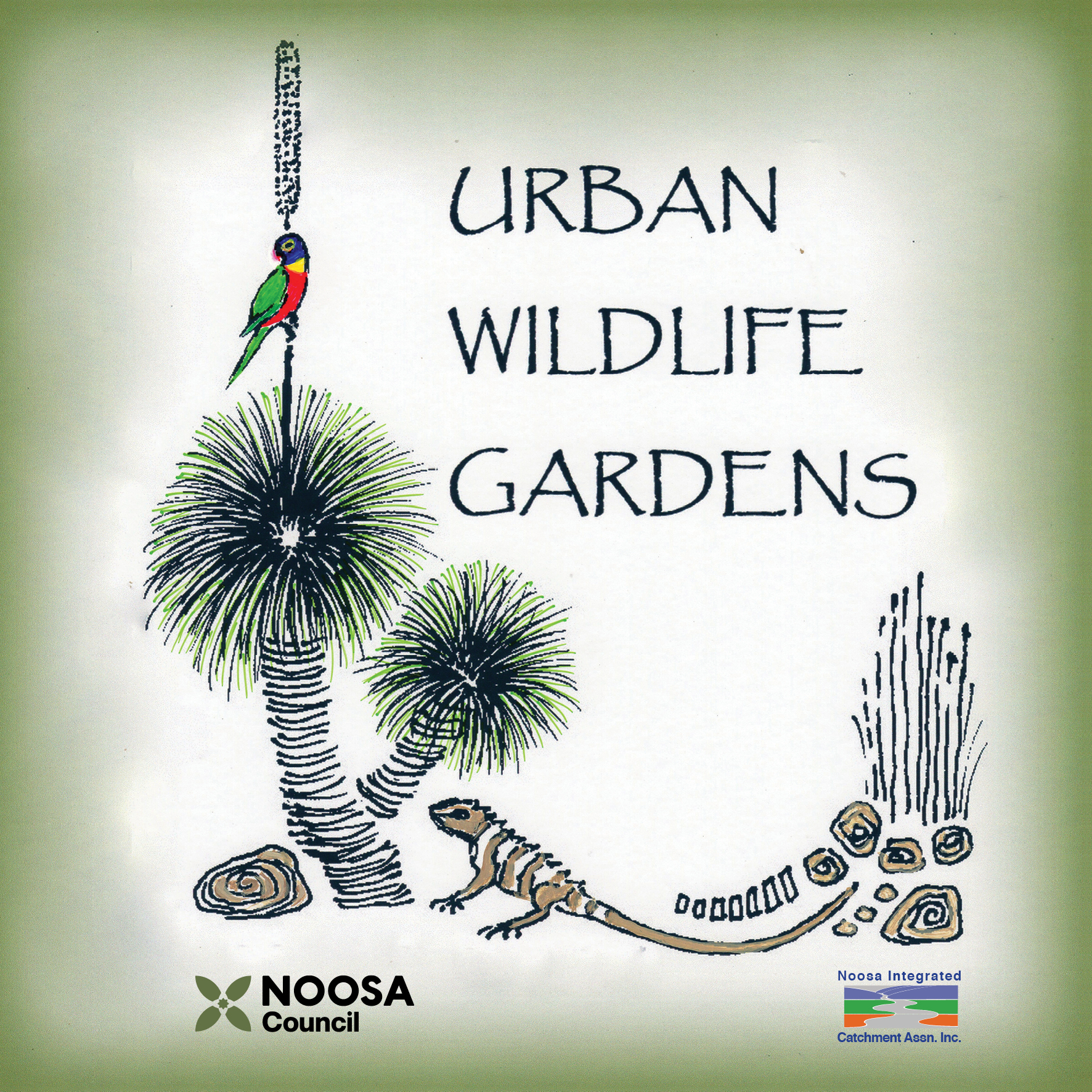There is always something that needs doing when you have a garden. Weeding is a never-ending chore. Knowing how to kill weeds successfully on the first try will save time, effort and keep motivation levels up. Understanding the life cycle of the weed is important to get a successful kill, but also to use time and effort more productively.
In very general terms:
Woody plants are ones that flower and then seed. The seed is needed to reproduce the plant. There is no benefit to dealing with these ones until just before flowering if the aim is to reduce reproduction. Examples for this group are Pepper tree, Easter cassia and Umbrella trees. Camphor laurel is another one that, due to being spread by birds, pops up everywhere. This one is a good example to explain why it is helpful to know the life cycle of the weeds we are dealing with. Camphor laurel take a long time to mature and don’t start producing seeds until they are about 7 years old. If they are filling a spot or providing shade there is no need to take them out while they are young.
Succulent or herbaceous plants are fleshy. They grow along the ground or climb. Singapore daisy, Wandering Trad and Creeping inch plant are common garden weeds that fit into this group. These type of plants reproduce vegetatively, meaning a new plant can be formed from a piece of the parent plant. Dealing with these weeds only gets harder with time as they spread and establish. Eradicating these weeds can only be achieved with prompt action and careful removal.
I hope this helps with prioritising weeding jobs and gives you more time to enjoy your garden.
Michelle

